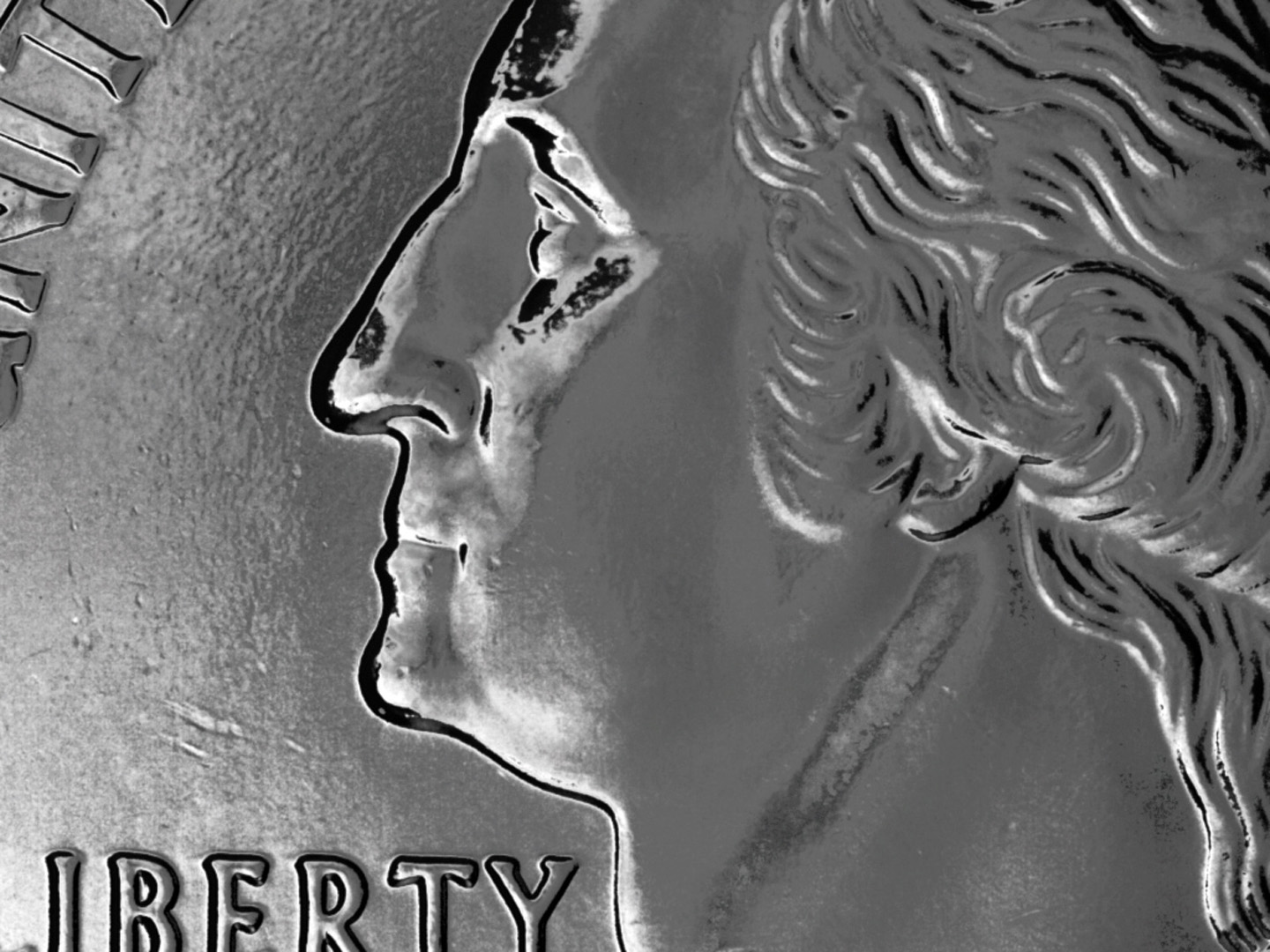“Cheaply capturing normal maps from coins” by Fyffe
Conference:
Type(s):
Title:
- Cheaply capturing normal maps from coins
Presenter(s)/Author(s):
Abstract:
We describe a method for capturing high-resolution normal maps from specular objects that builds on the work of [Ma et al. 2007], but is simpler and cheaper to set up. In previous work, the subject is illuminated by continuous gradients encoding the X, Y and Z components of reflected light direction. The gradient illumination is obtained by constructing a one-meter diameter hemisphere painted with rough silver paint. Our work eliminates the requirement of a hemispherical apparatus. Instead, photographs are taken under many somewhat-continuous uncontrolled illumination conditions, and the desired continuous gradient illumination conditions are synthesized as linear combinations thereof. To control the synthesis, a light probe is placed next to the subject in the photographs. Due to the uncontrolled nature of the illumination, the camera can be placed very close to the subject, allowing very high resolution photography of small subjects such as coins. Additionally, the cost of the entire apparatus (except for the camera) is under $5 and the setup time is minimal. The results are accurate enough to render convincing images of the subject from novel viewpoints and under novel illumination conditions, and detailed enough to exhibit tiny scratches in the face of a coin in extreme close-ups.
References:
1. Chen, T., Goesele, M., and Seidel, H.-P. 2006. Mesostructure from specularity. In CVPR ’06: Proceedings of the 2006 IEEE Computer Society Conference on Computer Vision and Pattern Recognition, IEEE Computer Society, Washington, DC, USA, 1825–1832.
2. Lucas, B., and Kanade, T. 1981. An iterative image registration technique with an application to stereo vision. In IJCAI81, 674–679.
3. Ma, W.-C., Hawkins, T., Peers, P., Chabert, C.-F., Weiss, M., and Debevec, P., 2007. Rapid acquisition of specular and diffuse normal maps from polarized spherical gradient illumination. EGSR 2007.
4. Nehab, D., Rusinkiewicz, S., Davis, J., and Ramamoorthi, R. 2005. Efficiently combining positions and normals for precise 3d geometry. ACM Trans. Graph. 24, 3, 536–543.
5. Rocchini, C., Cignoni, P., Montani, C., Pingi, P., and Scopigno, R. 2001. A low cost 3D scanner based on structured light. In EG 2001 Proceedings, A. Chalmers and T.-M. Rhyne, Eds., vol. 20(3). Blackwell Publishing, 299–308.
6. Tarini, M., Lensch, H. P. A., Goesele, M., and Seidel, H.-P. 2005. 3d acquisition of mirroring objects using striped patterns. Graph. Models 67, 4, 233–259.





